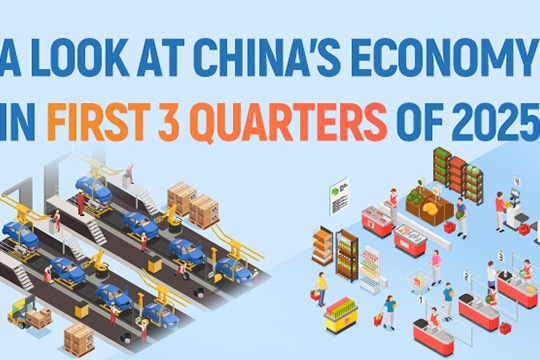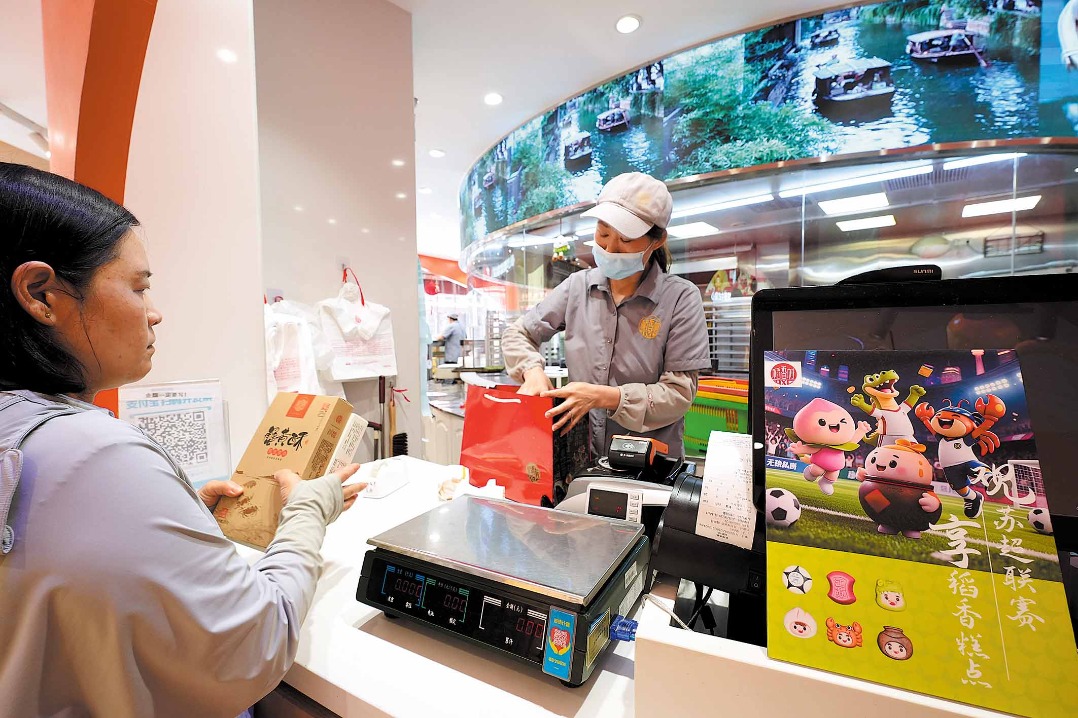Hainan becoming known for premier chocolate


China's tropical island province of Hainan has joined the ranks of celebrated places of origin for chocolate. World-class master chocolatier Pierre Marcolini played a big role in this transformation by debuting Grand Cru Hainan chocolates at his online flagship shops in June.
"This is a fantastic Grand Cru. I feel a slight bitterness, very pleasant, without astringency, with notes of citrus, grapefruit. It is extraordinary," said Marcolini. The Belgian chocolate composer spoke via video about his latest bean-to-bar products made with beans grown in Hainan, a place he said he learned about by chance. Grand Cru, meaning "great growth" in French, was originally a classifier for fine wines.
Always on the hunt for new resources in his frequent and far-reaching travels, Marcolini learned about the island in 2017 in the International Journal of Food Properties, a magazine published in the United States. It said Chinese scientists had developed a new variety of cacao in Hainan, a place already known for tropical fruits and economically important plants such as black pepper, vanilla, coffee, pandan, jackfruit, breadfruit, mango, litchi and wax apple. Cacao is the plant that produces seeds from which cocoa and chocolate are made. The seeds are often called cocoa beans.
Late in 2020, 500 kilograms of cocoa beans were shipped to Brussels, the world's premier city for chocolate, from the Xinglong area of Wanning on the eastern coast of Hainan. The humid island environment, which includes vibrant biodiversity, imparted special qualities to the cocoa beans, including fine quality and special textures and flavors. This captivated Marcolini, who asked his representatives in China to look into the bean.
"This is the first time China has exported its locally produced cocoa beans," said Qin Xiaowei, deputy director of the Spice and Beverage Research Institute of the Chinese Academy of Tropical Agricultural Sciences, or CATAS, and lead author of the article that introduced Hainan to Marcolini.
"The deal showed that our cocoa quality and production standards have been recognized by the international community," Qin said.
Local reports said that Marcolini has placed two additional orders of Xinglong beans.
After learning that Hainan is building the world's largest free trade port and has enacted favorable tax-free policies on imports of raw materials and production equipment to encourage investment, Marcolini said he looked forward to visiting Hainan cacao plantations in person, understanding the local culture, and may consider opening a duty-free shop selling chocolates made with Hainan's quality cocoa beans, according to local reports.
Mark Huestch, a descendent of an eminent family known for their chocolate business in the US, said he was also impressed by the superb quality of the local beans during a recent tour to inspect the planting and fermentation process in Hainan.
"Hainan cocoa beans have a very unique flavor, with strong red fruit and nut flavors," Huestch said, adding that he would recommend his chocolate products made with Hainan beans to US consumers.
"With a growing number of orders flowing in from food producers at home and abroad, Hainan's cocoa production simply cannot meet market demand," said Li Fupeng, director of the Cocoa Research Center of CATAS, located at the Xinglong Tropical Botanical Garden, a base for the preservation of tropical and subtropical plants in China.
While the known cultivation of cacao dates back thousands of years in Latin America, Hainan's cacao growing can be traced only to the 1950s, when returned overseas Chinese brought in seeds and grew them on farms and in the courtyards of their homes in Hainan.
The cacao cultivation area once reached some 667 hectares around 2004, following large-scale promotion efforts in the 1980s and 1990s. But the acreage dwindled to about 133 hectares mainly due to slack market demand and insufficient processing equipment and technologies, said Li.
Over the past 60 years, researchers from the Spice and Beverage Research Institute have established a nursery for 500 varieties of cacao, making China an important base in the protection, evaluation and innovative utilization of cacao germplasm resources. A total of 21 new varieties have been developed through systematic breeding and artificial hybridization, boasting high yields, fat content and cold tolerance. The technology and standards for growing cacao in China have reached advanced levels, according to reports from CATAS.
"The annual yield of Reyin No 4, China's first cacao variety with independent intellectual property rights, has reached 1,600 kg per hectare, 3.5 times higher than the world average. It has a unique flavor, fine quality and is rich in polyphenols," Li said. Polyphenols are compounds that can have health benefits.
He said, however, that with a limited planting area, Hainan is not in a good position to compete with big cacao growing countries in terms of its cocoa bean industry's output. Hainan should explore an industrial path that is "small in scale but beautiful and exquisite in quality".
Hainan is promoting cultivation of shade tolerant cacao trees in forests of rubber, coconut and areca palm trees, a practice known as "an economy under the trees".
"While increasing the output per unit of land, we have found that planting cacao trees in coconut forests can play a role in protecting the growth of coconut tree roots, a practice that is not only conducive to building a complex agroforestry ecosystem and maintaining soil fertility but also helpful to farmers in generating more income in one place as well," Li said.
Cultivation of high-quality cacao varieties will create favorable conditions for Hainan to build a superb origin and international brand of high-quality cocoa beans, he added.




































